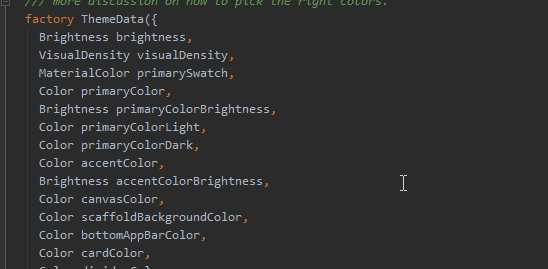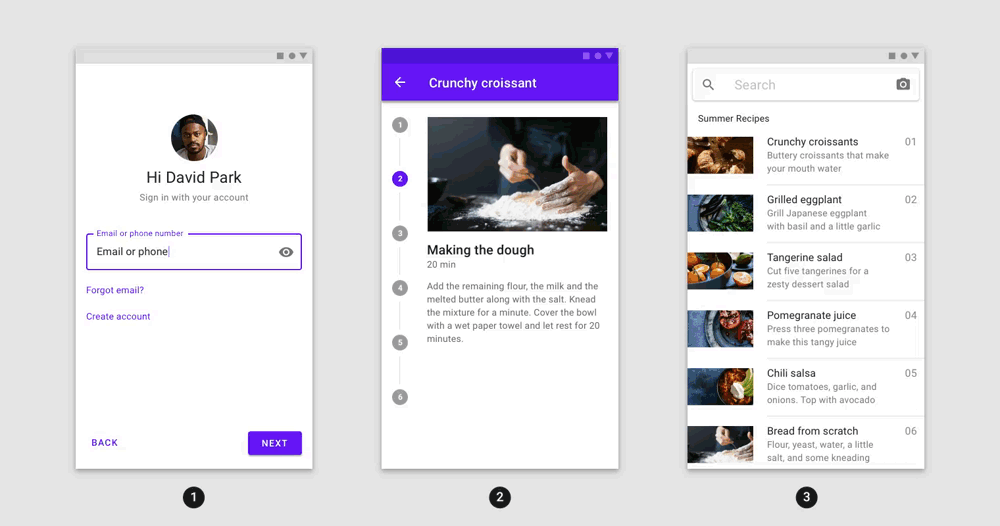Occasionally in Flutter, you will need to get the size and/or position of a widget. Some common use cases for this are:
- You need to measure something and make some decision based on that. For example, you might switch from an expanded column, to a scrolling column, at a certain height threshold.
- You may want enable or disable a scrollbar based on the height of some content
- The parent needs to know your position. For example if when you tap a menu button, the parent wants to animate a dot to that position, we need the button to be able to report its position somehow.





